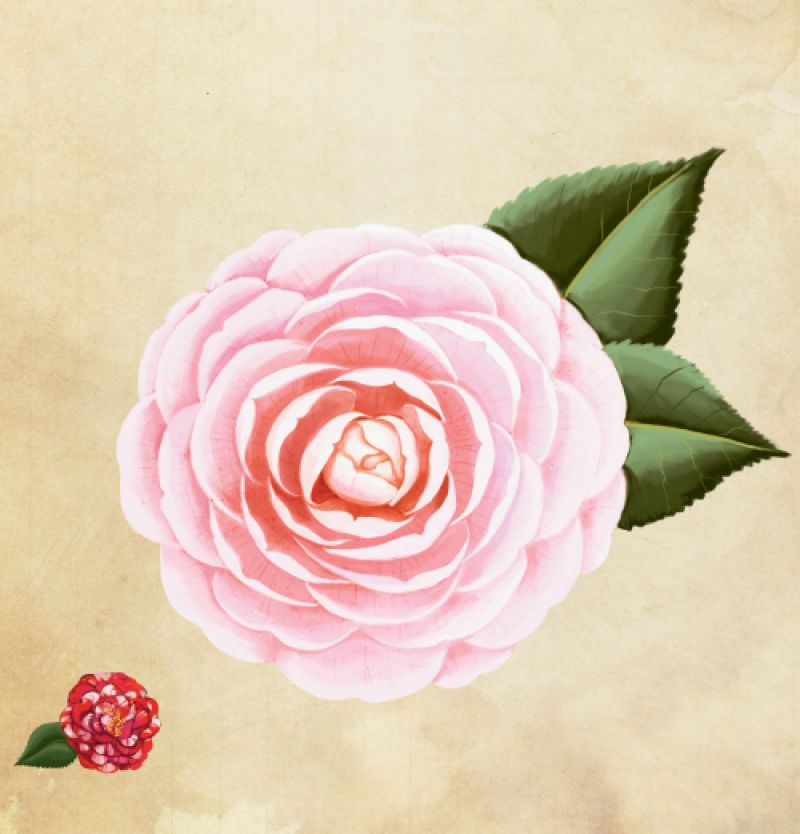
Ageless Beauty
These shrubs have been grown in East Asia for 3,000 years, and some of the plants in the gardens of Japan's Imperial Palace are known to be more than 500 years old.
Carolina Girl
Created in Adams Run, South Carolina, in 1961, the deep red ‘Miss Charleston‘ blooms in a semi-double form.
Garden Royalty
The camellia was introduced to the Lowcountry by André Michaux—the royal botanist for King Louis XVI of France who established an experimental botanical garden near today’s Charleston International Airport. In 1786, Michaux is said to have presented the Middleton family with camellia plants for the gardens at their Ashley River plantation, and now, Middleton Place has 4,000 of the shrubs, including one of Michaux’s originals, the ‘Reine des Fleurs‘ (“Queen of Flowers”).
Dig In!
Make reservations to visit Middleton Place on February 7 and 8 for a Saturday camellia workshop with VP of horticulture Sidney Frazier and a Sunday lecture and reception with master gardener Jan MacDougal. Both events include guided camellia walks, which are also offered at the historical site from February 10-March 21.
Top forms
There are six primary ”forms” of camellia flowers. They include single (with one row of five to eight petals) and semi-double (with two or more rows of petals), each which have conspicuous stamens at their centers. Formal double camellias (such as ‘Pink Perfection,‘ above) do not have visible stamens. And then there’s the rose-form double, anemone, and peony forms, with differences too intricate to detail here.
Local Winner
Magnolia Plantation & Gardens boasts the largest heirloom camellia collection in the country, with more than 1,000 cultivars represented in 20,000-plus plants- some dating to the 1840s. One of only seven gardens in America to have received the International Camellia Garden of Excellence award from the International Camellia Society, Magnolia holds a free-with-admission camellia walk every day from November to March.